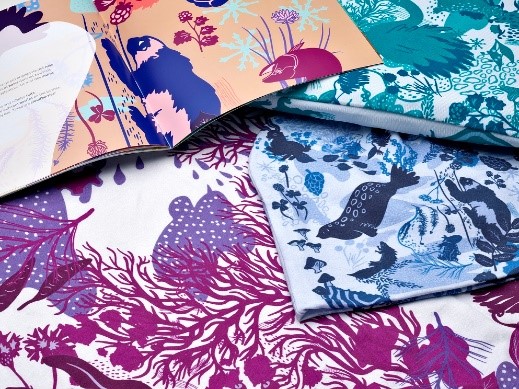Countries involved: France, Italy, Finland
As result of the synergy between the French design studio Arkellia, the Sicilian SME Eithne and the Finnish arts and crafts association Modus, WEAR-ABOUTS creates clothes for children connected to a specific geographical place and interactive so that they can be “read” through a dedicated app.
This project wants to explore what would happen if the illustrations could get out of the books and turn into textile designs on clothing, what they would say about the intriguing stories that inspired them and how they would speak to the wearer. WEAR-ABOUTS explores new educational approaches based on intelligent illustrated models such as interactive cultural products that operate on the border between illustration, education, tourism and fashion.
“WEAR-ABOUTS – says Laetitia Barbu of Arkellia (France) – creates clothes for children that are inspired by a specific place and act as intelligent experiential tourist products that establish a deep connection between that place and the wearer. They allow young people and families to discover a region / area visited in a new and unconventional way, in particular using augmented reality.”




